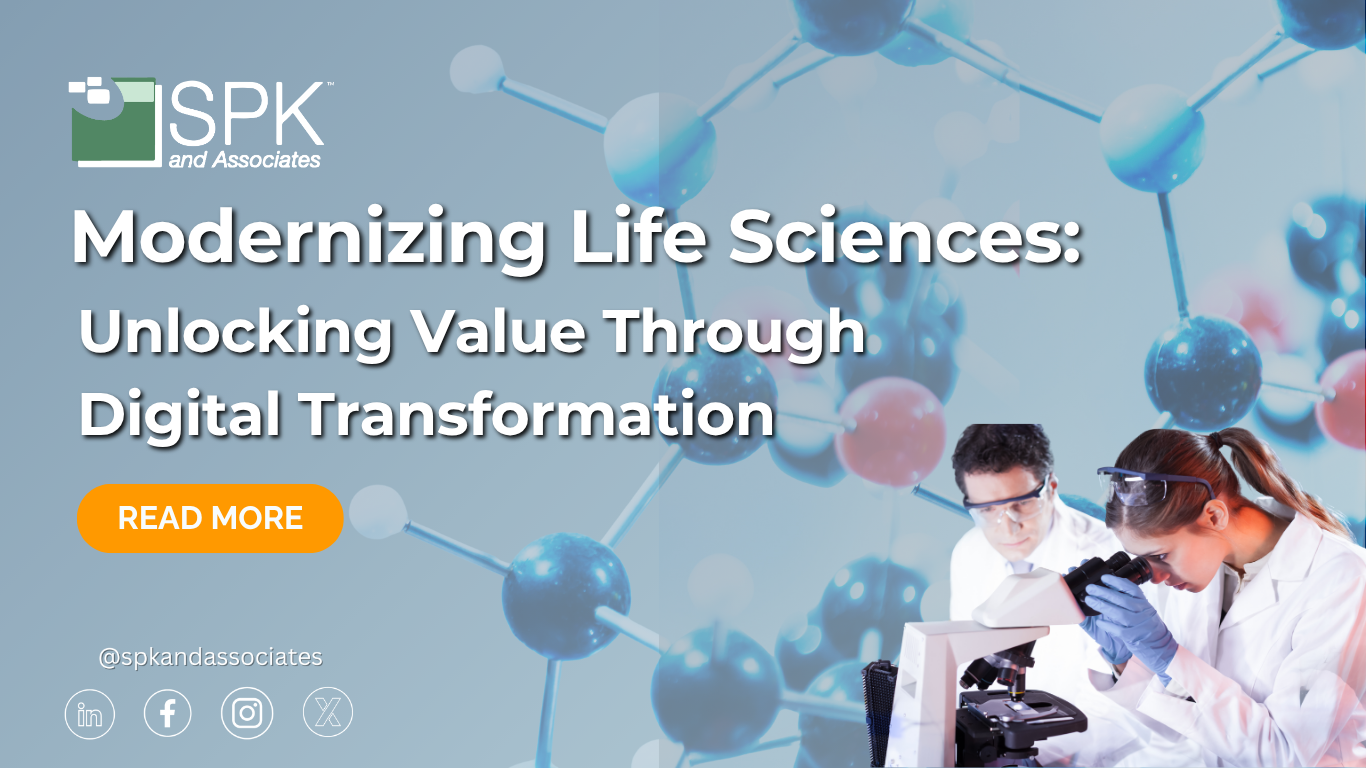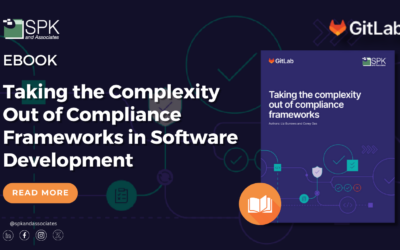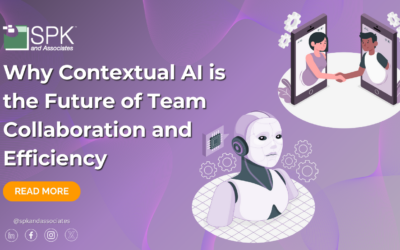Biopharma and medtech leaders are under constant pressure to accelerate clinical development and satisfy increasingly demanding regulators. Digital transformation is the way to do this. This doesn’t just mean adopting new tools, but rather rethinking how science, data, and technology come together across the enterprise. Let’s walk through how to create real business value in life sciences.
Modernizing Through Digital Transformation
True modernization starts with clear, outcome-focused statements like, “We want to be a data-driven clinical organization” or “We want to be an analytics-led commercial organization.” From there, technology becomes the enabler, not the goal. Platforms, features, and tools such as Cloud, AI, IoT, AR, and digital twins are powerful, but only if they:
- Reduce time-to-market
- Improve trial and manufacturing quality
- Enhance patient and HCP experience
- Support compliance and traceability
- Enable new, data-driven business models



Cloud Platforms for Life Sciences: AWS and Azure
Life sciences is an information-rich industry. From drug discovery to multi-country clinical trials, data volumes and computing needs are exploding. Fortunately, cloud platforms like AWS and Microsoft Azure give teams the features they need, such as:

- Scalability: Burst compute for modeling, simulations, and omics pipelines.
- Flexibility: Spin up and tear down environments for clinical analytics, trial data review, or digital twin experiments.
- Global collaboration: Secure access for teams, CROs, and partners around the world.
These features lead to faster trial analytics and submission preparation as well as lower infrastructure costs. They also make validation easier with standardized environments across regions. Our team of experts at SPK and Associates designs and implements AWS and Azure architectures specifically tailored for life sciences. If you need validated patterns, secure-by-design environments, and integrated pipelines that support GxP workloads and cross-functional analytics, we can help.
AI: From Experiments to Enterprise Impact
AI has moved from isolated pilots to end-to-end value chains in life sciences. Companies are now asking questions like, “How can we apply AI across the clinical trial lifecycle?” and “How can we use AI in manufacturing to improve yield and reduce deviations?”
High-value AI use cases include:
- Clinical development: Protocol optimization, site selection, patient recruitment, risk-based monitoring, automated document review.
- Commercial & medical: Next-best action, omnichannel engagement, and content personalization for HCPs and patients.
- Manufacturing & quality: Predictive maintenance, batch quality prediction, deviation triage, and root-cause analysis.
- Regulatory & safety: Signal detection, labeling analytics, and intelligent document workflows.
AI implementation leads to shorter trial timelines, fewer manufacturing deviations and recalls, improved regulatory readiness, and more targeted engagement. Our team of experts can build AI-powered workflows on top of your existing cloud, PLM, and data platforms using secure, compliant architectures. We always focus on measurable KPIs like cycle time reduction, higher yield, and improved trial performance.

Data Lakes for Life Sciences
As data volumes grow due to omics, imaging, wearables, claims, EHR, and device telemetry, traditional warehouses alone are not enough. Data lakes offer a centralized, scalable way to store both raw and processed data.
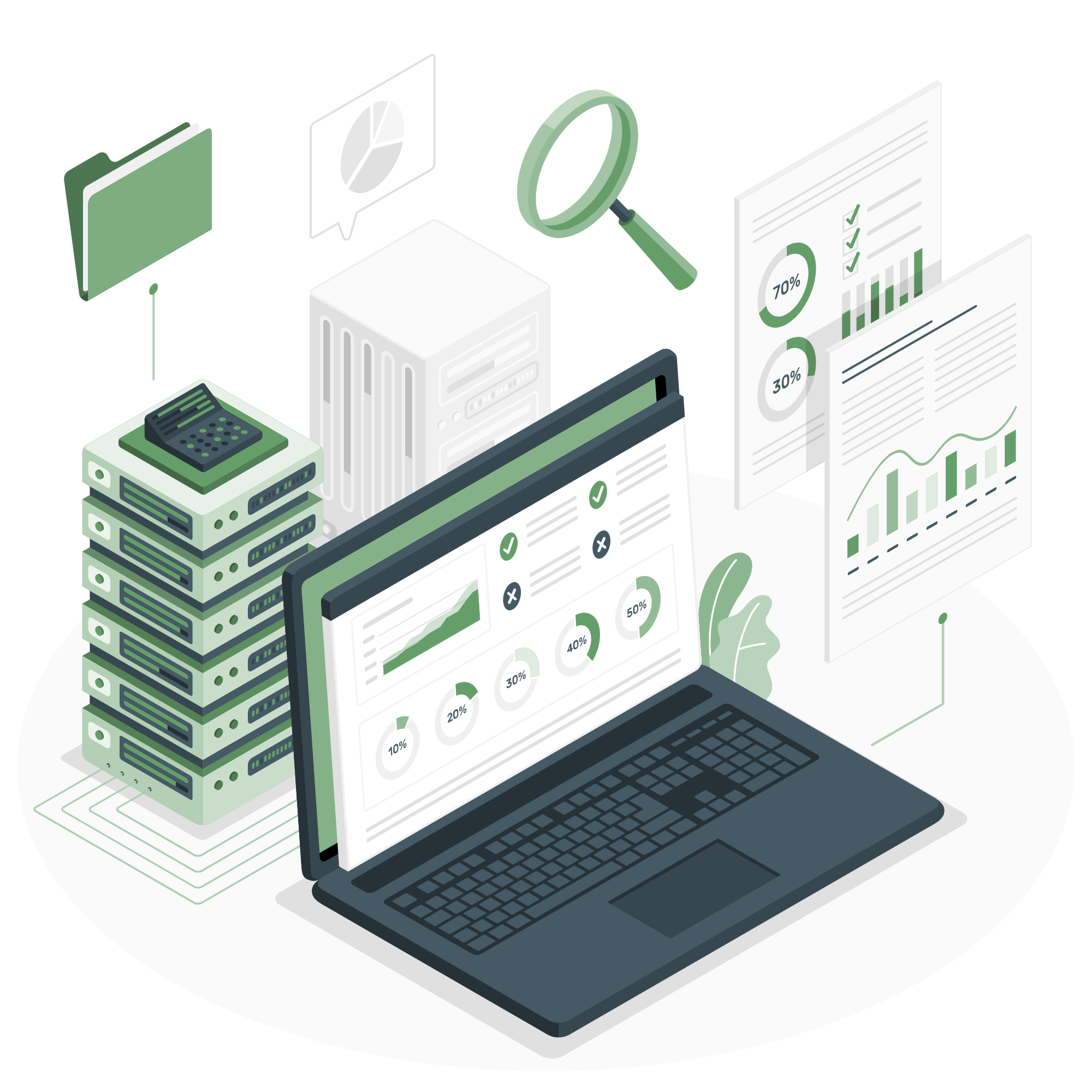
With AWS and Azure, modern data lakes allow you to:
- Ingest structured and unstructured data at scale
- Avoid premature ETL and explore data more flexibly
- Integrate downstream tools like Spark, SQL engines, and ML platforms
- Maintain security and governance while enabling discovery
Utilizing data lakes can lead to faster insights from clinical and real-world data as well as better signal detection and trial design optimization. Additionally, they provide a unified data foundation for AI, digital twins, and advanced analytics. Our team designs and implements regulated data lakes on AWS and Azure. We integrate clinical, manufacturing, commercial, and IoT data, always ensuring the governance needed for auditability and compliance.
IoT: Connecting Products and Operations
In life sciences and medical devices, IoT unlocks new visibility across devices, plants, and patient environments. It provides real-time telemetry for connected devices and equipment like infusion pumps, diagnostics equipment, or implantables. On the manufacturing and facilities side of things, IoT monitors equipment health, environmental conditions, and process parameters.
With IoT managed services on AWS and Azure, you can:
- Collect data securely at scale
- Feed digital twins, predictive maintenance models, and quality analytics
- Create new services (e.g., uptime guarantees, usage-based service models)
Not only does this unlock new revenue models such as product-as-a-service, but it also improves product quality and compliance. Additionally, IoT can reduce downtime and service costs. SPK brings deep IoT and engineering experience, helping you design IoT strategies, build architectures, and manage operational complexity.
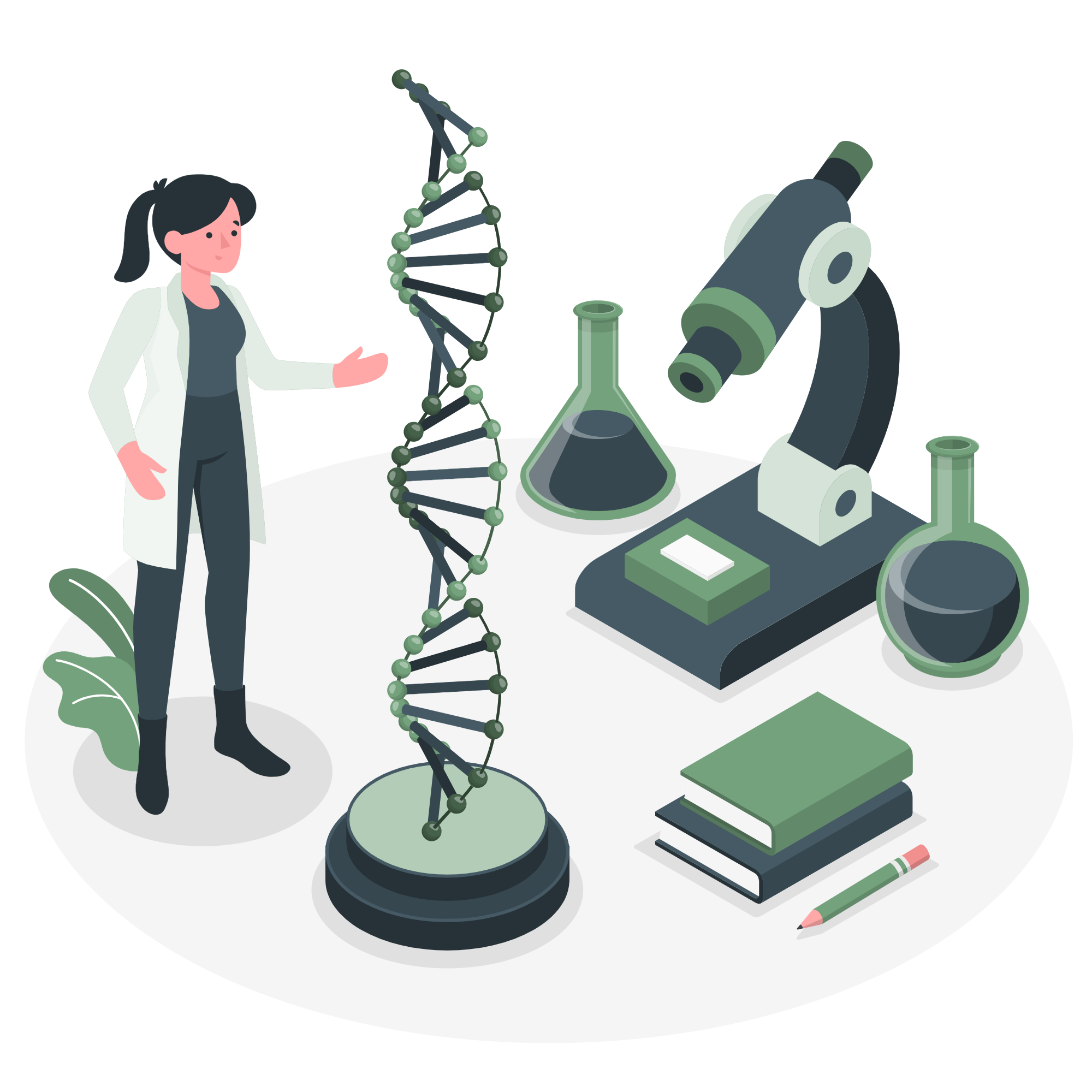
AR: A New Dimension for Design and Training
Augmented Reality (AR) is changing how life sciences organizations design, validate, train, and sell. With tools like PTC Creo AR, you can:

- Publish AR experiences directly from your CAD models
- Let surgeons, lab staff, or operators interact with products at real scale
- Replace or reduce physical prototypes for certain review stages
- Deliver immersive training for complex devices and procedures
Utilizing augmented reality in the life sciences field provides better training and fewer usage errors in the field. It also offers faster design reviews with fewer late-stage changes. Furthermore, it offers a space to test differentiated customer and HCP experiences. As a PTC Partner, SPK implements PTC Creo and can help clients integrate AR into their product development and training processes.
Digital Twins in Life Sciences
A digital twin is a live, digital representation of a physical product, system, or facility. In life sciences, digital twins can model:
- Manufacturing lines
- Packaging equipment
- Combination devices or complex instruments
- Even full plants for environmental and quality monitoring
Backed by PLM and IoT (e.g., PTC Windchill + ThingWorx), digital twins help you predict and prevent downtime, optimize process parameters, understand how products perform in the real world, and feed continuous improvement back into R&D and operations. Utilizing digital twins can lead to higher OEE and lower cost per batch, as well as fewer deviations and quality events. Additionally, they provide stronger evidence for regulators and partners and faster scale-up and tech transfer times between sites. SPK specializes in PTC-based digital thread and digital twin implementations. We can connect Windchill, ThingWorx, and downstream systems so you can manage product data, telemetry, and analytics.

Preparing for the Next Leap with Quantum Computing
Quantum computing is still emerging, but its potential for life sciences is enormous. Quantum machines can tackle certain classes of problems far faster than classical computers, including:
- Molecular simulation and binding affinity estimation
- Optimization of trial designs, supply chains, and manufacturing schedules
- Complex portfolio and risk optimization

While full-scale quantum applications are still on the horizon, forward-thinking life sciences organizations are preparing now. One way is through modernizing data and computing platforms with cloud and data lakes. Another is by building AI/ML and simulation capabilities that will later integrate with quantum backends. Other teams are working to develop internal skills and partnerships to recognize where quantum can provide a step-change advantage. Some teams are doing all of these.
In the future, the goal of implementing quantum computing is to achieve:
- Faster discovery cycles and better candidate prioritization
- More efficient, resilient supply chains
- New competitive advantages that are very hard to replicate
SPK helps you get your foundations ready with cloud-native architectures, high-quality data, and flexible workflows, so when quantum services mature, you can adopt them without rebuilding everything from scratch.
Driving Digital Transformation in the Life Sciences
Digital transformation is about aligning strategy, technology, and talent around a clear goal with measurable value streams. Life sciences organizations that treat digital transformation as a strategic, enterprise-wide initiative will define the next decade of the industry. When properly implemented, the technologies we covered form a connected digital backbone that accelerates innovation, improves outcomes, and differentiates your brand in a crowded market. If you’re ready to move from experimentation to enterprise-scale digital transformation, SPK and Associates is here to help. Contact us today to modernize your toolchain.


